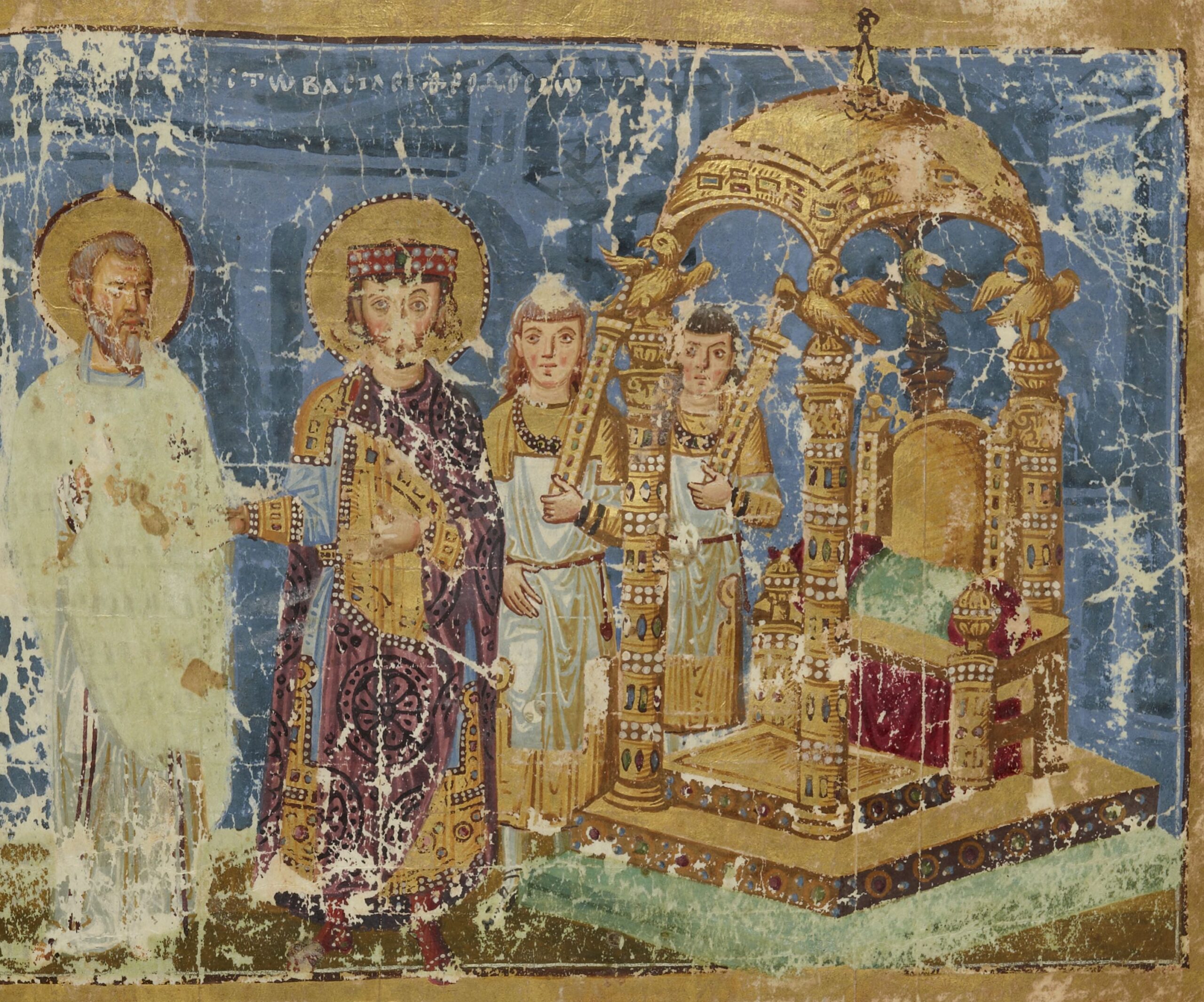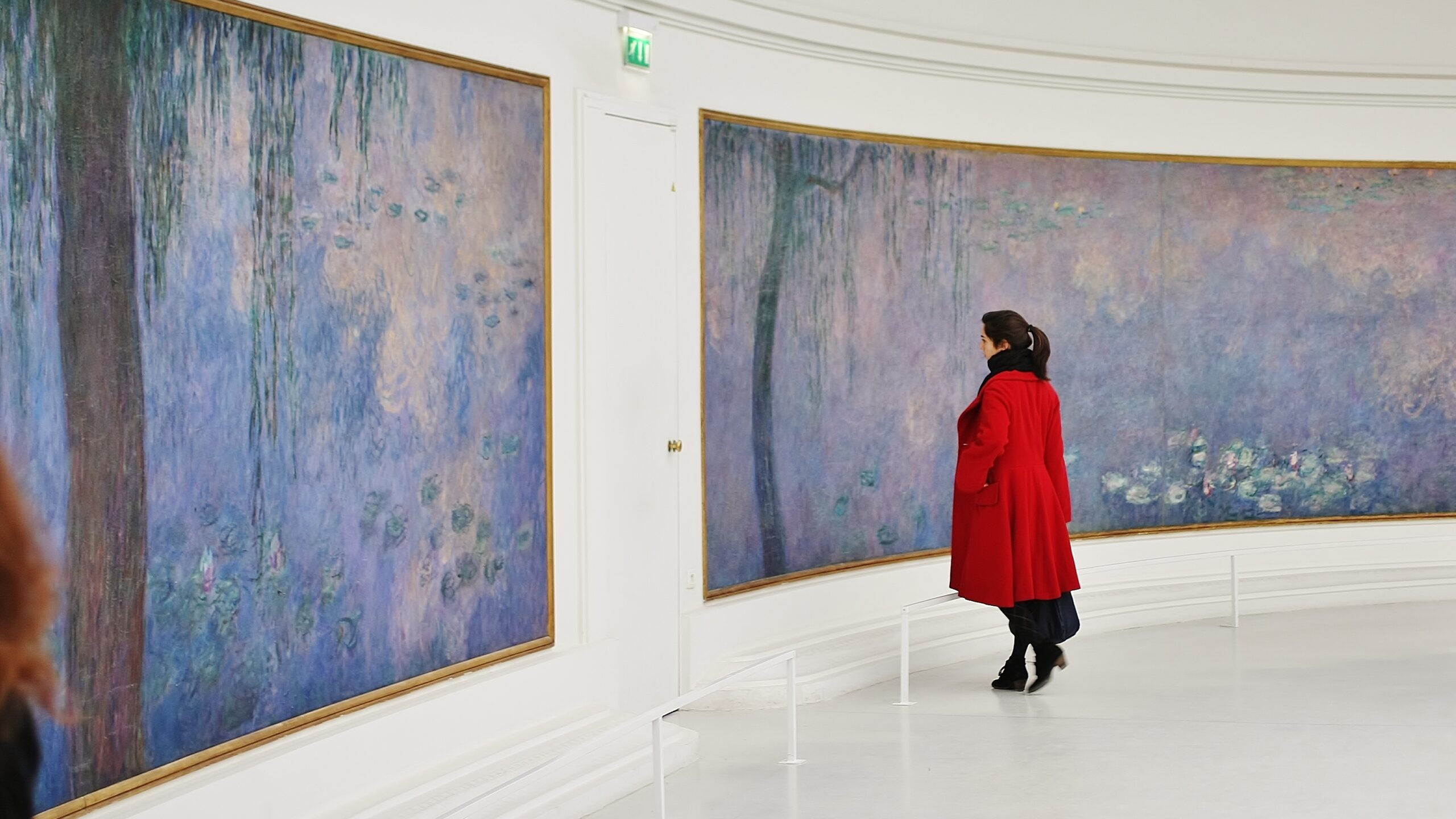The Politics of Purple
As I’ve said before, physical self-expression via fashion is like your personal branding. I think this notion is firmly planted in the context of politics and social movements.
Within American politics alone, we know that red suit-ties symbolize the Republican party, whereas blue-suit ties symbolize the Democratic party. Purple, being a mix of blue and red, can represent a moderate political stance.
So, look out for the ties, handkerchiefs, shirts, dresses, and brooches next time you watch a political debate, campaign, or meeting!
In fact, former First Lady Michelle Obama, 2016 Democratic nominee Hillary Clinton, and Vice President Kamala Harris both wore purple outfits during President Biden’s inauguration in 2021. Some have discussed the politically unifying symbolism that could come across with such a color choice. Yet, these fashion choices also illustrated the different meanings around the color. For example, Clinton stated that her choice of purple was meant to signify “unity,” while Obama’s stylist Meredith Koop explicitly noted that it wasn’t meant as a political statement.
“You can call it berry, wine, plum, or burgundy. I’m calling it wineberry plum for the moment. What it wasn’t was a bi-partisan purple,” Koop wrote in an Instagram post on January 21, 2021. “That’s a cute story, but it wasn’t the intention.”

(SOURCE: Instagram account of Meredith Koop, Michelle Obama’s stylist.)
Purple doesn’t just show up in party politics. In terms of social justice, purple had a long, romantic, and sometimes painful entanglement with LGBTQIA+ history until it was reclaimed in the mid-1900s as a symbol of unity and resistance.
The connection can be dated back to the 7th century B.C.E., when the poet Sappho wrote about her romantic, sapphic endeavors using the imagery of “violet tiaras.”
Let’s dissect this for a moment. The tiaras part is simple! We can think of tiaras as symbolism for women, which brings us to the importance of the use of the color purple. It is used as an descriptor, but not simply as a physical trait to describe a stationary object. Rather, it is a character trait, or identity marker, used to describe a person. I’m going to go out on a limb here and suggest she means a woman with similar interests as her (*wink*).
Imagine finding a hot piece of gossip (old fragments of papyrus) about someone’s romantic endeavors (beautifully written historic poems and lyrics about sapphic relationships)—exciting! Now, place yourself in the 1920s, and a young woman gifts another young woman violets, lavender, or lilacs. Perhaps they are a symbol of interest reserved for those who understand (*wink wink*).
Remember that Perkin guy who synthetically created a purple dye? Well, that was in the mid 1800s, and as you can imagine, purple quickly became popular. Men paraded the streets in purple suits, ties, handkerchiefs, etc., and women adorned themselves in purple dresses, blouses, hats, coats.
By the early 1900s, lavender began representing the gay community—and once it did, those wearing purple were cruelly hunted.

(SOURCE: Langtry illustration by Herbert Gustave Schmalz , circa 1900; Wilde photo by Napoleon Sarony, circa 1882.)
Take this description of the period as, written by Christobel Hastings:
Towards the end of the 19th century, however, the public began linking lavender with homosexuality. Aestheticism, a European arts movement was founded, eschewing Victorian wholesomeness and the perceived ugliness of the industrial age, in favor of beauty, passion and ‘art for art’s sake.’
Newspapers denounced Aesthetes as effeminate, not least one of the prominent leaders of the movement, Oscar Wilde, who frequently reminisced about his ‘purple hours’ spent with rent boys, and provoked a moral scandal with the homoerotic themes in ‘The Picture of Dorian Gray.’
…
The 1930s marked the start of a dark period when lavender was cruelly lexicalized. Gay men in America were taunted for possessing a ‘dash’ or ‘streak’ of lavender, thanks in large part to Abraham Lincoln’s biographer Carl Sandburg, who described one of the president’s early male friendships as containing a ‘streak of lavender, and spots soft as May violets.’
During the McCarthy era, there was state-sanctioned discrimination when President Eisenhower signed Executive Order 10450, which became part of a national witch-hunt to purge homosexual men and women from the federal government. Dubbed ‘The Lavender Scare’ by historian David K. Johnson, the suffocating climate of fear and suspicion subsequently led to around 5,000 federal agency employees losing their jobs on the basis of their sexuality.
Lavender was later reclaimed in the Stone Wall Riots, with the LGBTQIA+ community adorning themselves in lavender sashes, pins, clothing, etc., in their fight for visibility, unity, and resistance to wrongful discrimination.
Purple has popped up in many other social movements across the contemporary era. For example, purple was also a symbolic color in the Women’s Suffrage Movement in the early 20th century, and it is the main color for women’s movements in Turkey.
WHERE TO NEXT?

A Caste in Cloth
IMAGE: Detail from a Greek manuscript dated 879-883 AD, now held at the National Library of France.

Of Gods, Myths, and (Holy) Spirits
IMAGE: Cardinal Stanisław Dziwisz presides over an observance of All Souls’ Day at the John Paul II Sanctuary in Krakow on November 11, 2018. (Photo by Joanna Adamik for the Archdiocese of Krakow.)

A “Pop” of Culture (and Color)
A museum patron admires some of Claude Monet’s Water Lilies paintings in the Musée de l’Orangerie. (PHOTO CREDIT: Adrian Scottow [CC BY-SA 2.0 DEED])
